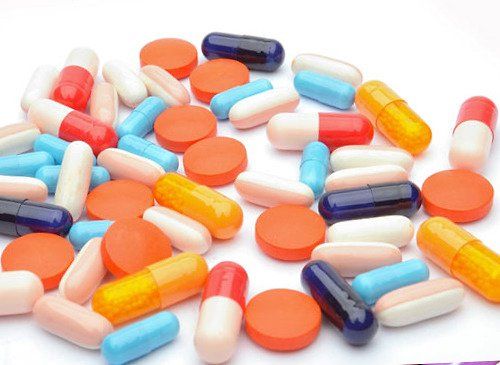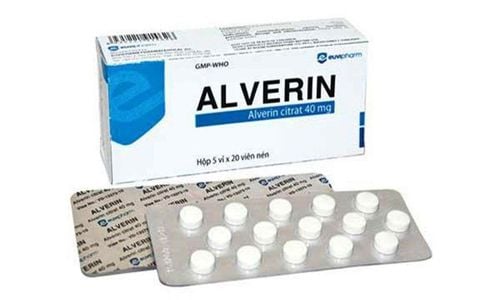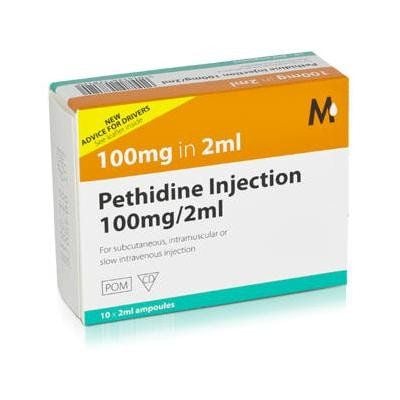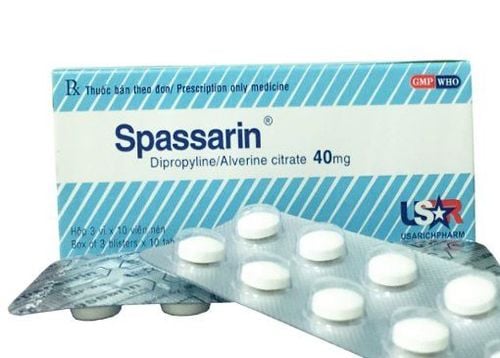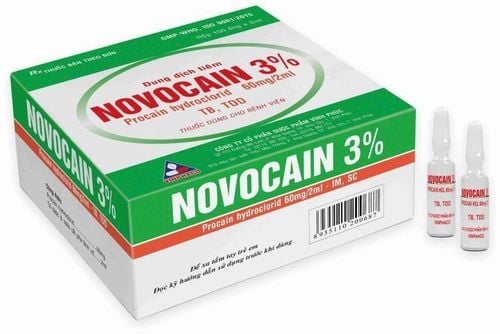This is an automatically translated article.
The article was written by Specialist Doctor II Pham Thieu Trung - Anesthesiologist, General Surgery Department - Vinmec Phu Quoc International General Hospital.Anesthesia for patients with a full stomach, the most frightening risk is that the patient inhales gastric juice that flows back through the esophagus into the airways causing pneumonia, this situation is called aspiration pneumonia (which is pneumonia caused by aspiration of food). food, gastric acid).
1. The following cases are considered to be a patient with a full stomach:
Patients who have just eaten or drank
Patients with intestinal obstruction Patients with pyloric stenosis Patients with diaphragmatic hernia Patients with ileus after surgery Women in the last 3 months of pregnancy Patients with multiple trauma Patients with diabetes sugar or obesity Use of synthetic morphine Peritonitis Shock of various causes Anxiety mood
2. Risk stages for aspiration pneumonia
Induction phase: The time after the patient loses consciousness to before the patient is intubated and the endotracheal tube is inflated with a balloon. At this stage, if we squeeze the ventilation balloon through the mask, it will increase the pressure in the stomach, which is easy to cause reflux, gastric juice will enter the respiratory tract of the patient, causing aspiration pneumonia.
Stage of extubation : the stage when we release the endotracheal tube to remove the endotracheal tube, if the patient is not fully awake (the patient has reflexes to wake, move, contract to cause pressure in the endotracheal tube). abdominal cavity and stomach increases, will cause reflux, gastric juice will enter the respiratory tract causing aspiration pneumonia).
Stage in the recovery room: the patient may have re-anesthesia or muscle relaxation, the cardiac muscles are open, food is regurgitated into the respiratory tract, causing aspiration pneumonia.
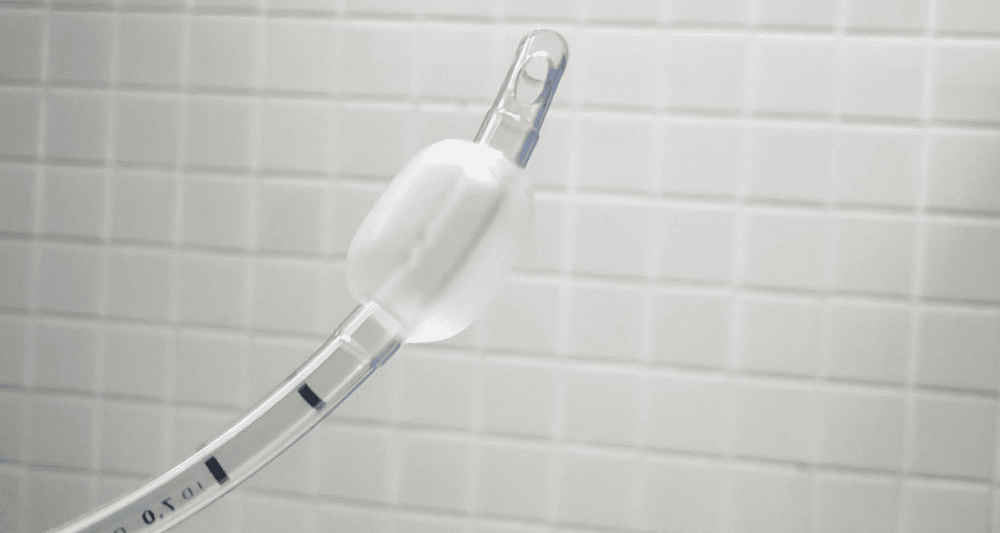
Giai đoạn bơm bóng (cuff) ống nội khí quản cần thận trọng
3. Measures to prevent aspiration pneumonia
3.1. H2-receptor antagonists + Cimetidine 200 mg or Ranitidine 300 mg intravenously, the onset of action is 45-60 minutes; lasting 10 hours.
3.2. Stomach Acid neutralizer (Antacid) + Can combine cimetidine 400 mg and antacid; Faster onset of action.
4. Steps to anesthetize a patient with a full stomach
4.1. Step 1: Preparation Assess the patient's general condition and predict if intubation is difficult Ensure a good intravenous line The patient lies in the high head position Trendelenbourg Insert a gastric tube and clean gastric aspirate Check the device suction works well and is available next to the patient Breathe 100% oxygen through the mask 8-10L/min at least 3 minutes before induction of anesthesia (or 4 deep breaths in the case of an emergency) 4.2. Step 2: Propofol induction: 2-3mg/kg, intravenous Etomidate: 0.2-0.5mg/kg, intravenous Ketamine: 2-3mg/kg intravenously Sellick's procedure: Use thumb and index finger to press cricoid cartilage with a pressure of about 30 CmH2O, as soon as the patient loses consciousness and press continuously until intubation, inflate the cuff. Especially during this time, do not squeeze the balloon to help you breathe. Succinylcholine: 1 mg/kg 30-60 seconds when tremors reach the legs, perform endotracheal intubation (the most appropriate muscle relaxant). Or Rocuronium: 1mg/kg wait 60-90 seconds for intubation (for patients with contraindications to succinylcholine) In case of difficult intubation: Can be intubated with flexible endoscope, must be prepared anterior endoscope (see difficult intubation). Auscultate the lungs with clear ventilation on both sides Fixing the endotracheal tube Connect the endotracheal tube to the anesthesia machine
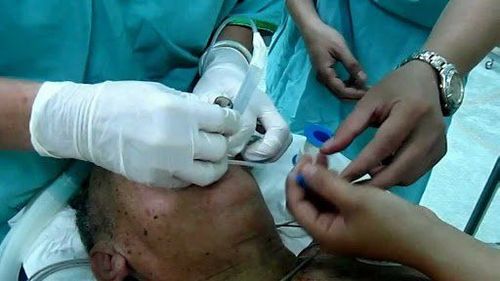
Cố định ống nội khí quản trong giai đoạn khởi mê
4.3. Step 3: Maintain anesthesia Same as anesthesia for other types of surgery.
4.4. Step 4: Resuscitation Absorb the secretions in the endotracheal tube. Aspirate gastric juice again and save the gastric tube. Have the patient breathe oxygen through the endotracheal tube. Extubate when the patient is fully awake, has airway reflexes, the muscle relaxant has worn off and meets the criteria for extubation. 2 hours after extubation, the patient can be transferred to the ward if the patient has no signs of respiratory failure.
4.5. Some Notes The trachea should be extubated when the patient is fully awake. Gastric suction before, during and after surgery, ensuring gastric emptying after surgery. Preoperative use of antisecretory drugs and antacids is necessary. 2 hours after extubation, the patient can be transferred to the ward if: + Vital signs are stable
+ Swallow reflex
+ Cough reflex spontaneously sputum
+ Raise head and hold for 5 seconds
+ No signs of dyspnea
+ SpO2 > 94% with air
+ No abnormal signs on chest X-ray
4.6. Respiratory criteria Auscultation of the lungs is free of abnormal sounds. Respiratory rate 12-20 breaths/minute. Minute ventilation (Vm) > 100 ml/kg. PaCO2 > 60 mmHg (with FiO2 = 0.4). pH from 7.35-7.45. Vital capacity 10 - 15 ml/kg. Respiratory pressure > 25 cmH2O.
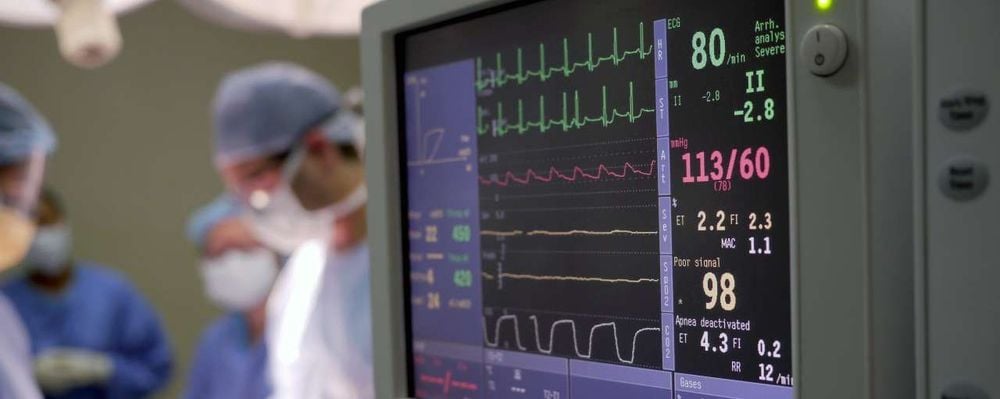
Dấu hiệu sinh tồn của người bệnh cần đảm bảo ổn định
Vinmec International General Hospital is one of the hospitals that not only ensures professional quality with a team of leading medical doctors, modern equipment and technology, but also stands out for its examination and consultation services. comprehensive and professional medical consultation and treatment; civilized, polite, safe and sterile medical examination and treatment space. Customers when choosing to perform tests here can be completely assured of the accuracy of test results.
Customers can directly go to Vinmec Health system nationwide to visit or contact the hotline here for support.





